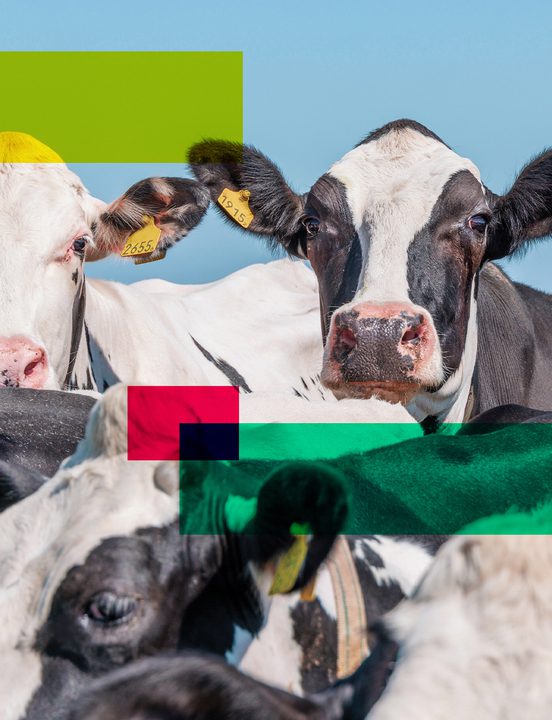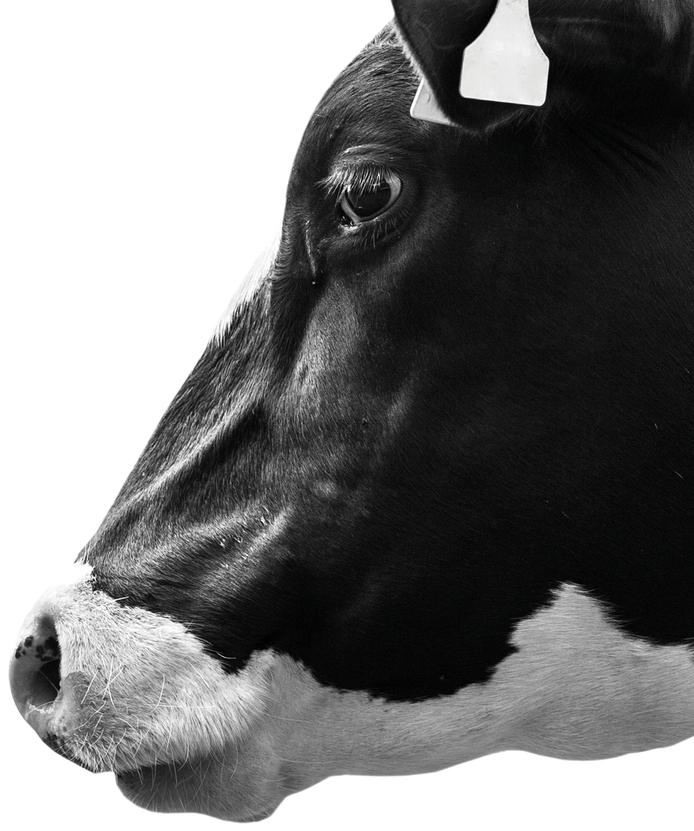Johne's
Learn more
What is Johne's?
Johne’s disease is caused by the bacteria Mycobacterium Avium subspecies paratuberculosis (MAP). Infection results in a thickening of the intestinal wall, which prevents the animal from successfully absorbing nutrients and water through the gut.
The disease causes considerable production losses in both dairy and beef herds worldwide. It can often go unnoticed in herds for many years as animals are culled before showing overt signs of Johne’s.
Farmer to Farmer - read what our customers think
Phase III Information
Clinical Signs
- Weight loss
- Scour
- Sub-clinical disease can be evident several years before the classic clinical signs are shown. This can include:
- High SCC.
- Mastitis.
- Lameness.
- Yield reduction.
Prevention & Management
- Careful purchasing from herds with good Johne’s management, or ideally are CHECS accredited low risk.
- Identifying Johne’s infected cows as early as possible in the course of the disease and managing them to prevent spread.
- Good calving management with excellent hygiene, provision of clean colostrum, and swift removal of calves into clean calf housing.
Read our Intro to Johne's leaflet for more information on the disease and how it is spread.
What Testing Options Are Available?
Testing for Johne’s is split into
- Testing for surveillance (monitoring to see if Johne’s is present in the herd)
- Testing for control/management (identifying infected cows to facilitate risk management).
All testing can be carried out on blood or milk samples (milk recording samples can be used).
Please note bulk milk testing is not available for Johne’s disease due to the poor sensitivity of this testing option.
You should always consult your vet about your Johne’s strategy and what testing options are appropriate for your herd.
Control/Management Options
HerdWise
This option provides you with Johne’s results four times per year and includes the new Johne's Progress Tracker and Priority Cull Reports on Herd Companion.
Johne's 1-2-3
This option is suitable for both recording and non-recording herds wanting to test the whole herd once, twice or three times per year.
Johne's Essential Sampling (JES)
JES by NMR is a simplified Johne’s testing service for farmers who do not fully milk record.
Ad Hoc
Ad Hoc individual cow testing is also available
Request a Quote
Once you have spoken to your vet about the testing option suitable for your herd, contact us for a free quote.
Frequently Asked Questions
Clinical cases of Johne’s disease are the “tip of the iceberg”, and their absence does not mean a herd isn’t infected. Infection with Johne’s disease is commonly associated with production losses. Infected animals may be culled prematurely due to other reasons (such as increased SCC and lameness), which you may not associate with Johne’s. Where clinical cases are seen there will be many other sub-clinically infected animals in the herd, a proportion of whom are likely to be infectious.
If you have never done any Johne’s testing in your herd then a Targeted 30 cow screen is a quick and cost effective place to start. If you correctly target the animals you test then it will tell you if Johne’s is present in your herd with around 95% accuracy. Remember this is just a starting place though, if the screen shows your herd has Johne’s then you need to move on to other testing options for management and control not just repeat 30 cow screens. Always speak to your BCVA Accredited Johne’s vet for Johne’s testing advice.
The same ELISA test is used on blood and milk (cut off values are adjusted to fit each sample). As long as samples are accurately identified, the sensitivity and specificity of both tests are the same (40-80% and >99%, respectively).
Strategic testing allows for informed management decisions by identifying high risk animals and preventing them from spreading disease further. The most crucial time to sample is at drying off, which allows positive cows to be managed differently with respect to calving accommodation and colostrum and milk management. Pre-breeding is another really useful time to test. This allows decisions such as breeding to terminal sire or perhaps not re-breeding to be made (which will depend on the protocols of a particular unit). The more frequently an animal is tested, the more likely you are to catch her early in the course of the disease and prevent her from spreading the infection, meaning that you can make progress with Johne’s control more quickly. This is a big reason for the popularity of quarterly testing schemes like HerdWise.
Current advice is that a gap of at least 6 weeks should be left between a TB skin test and any Johne’s testing (antibody). This is because we can see an increase in the number of animals testing positive if testing is carried out in this window. Please speak to your milk recorder or field team member to arrange moving your recording dates to accommodate TB testing. Always speak to your BCVA Accredited Johne’s vet for advice around Johne’s testing.
Whilst there are many ways of introducing Johne’s onto a farm, the greatest risk is bought-in cattle; whether that be adult cows, breeding bulls or calves. As such, purchasing animals should be avoided if possible. The risk of disease introduction increases with the number of animals introduced and the frequency. Speak to your BCVA Johne’s Accredited Vet about how to reduce the risks posed by purchased animals.
Although firebreak vaccination is one of the six National Johne’s Management Plan (NJMP) strategy options, several factors must be considered. Vaccination is generally the strategy of last resort and should only be used where none of the other strategies are achievable. Once vaccination is implemented, Johne’s test results are extremely difficult to interpret (e.g. are positives due to vaccine or because the animal is Johne’s infected, or both). This makes ongoing management challenging. Management strategies and vaccination should be discussed with your BCVA Accredited Johne’s vet.
Additionally, vaccinated cattle may produce false negative or false positive TB test results. Vaccination does not reduce disease prevalence but may delay the onset of clinical disease. A number of milk processors and retailers will not support vaccination as a strategy.
Colostrum and milk from high risk cows should never be fed to replacement heifer calves. Good milking hygiene is imperative in preventing contaminated faeces from being incorporated into the milk fed. Feeding the calf milk from her dam is the aim. If this is not possible, colostrum hygienically harvested and stored from another test negative dam is perfectly acceptable and can be more practical in larger herds.
Pooling milk and colostrum and feeding this raw, especially when there is a danger of high risk cows contributing to this milk, can introduce a risk of infection of “one cow to many calves”.
Pasteurisation of colostrum can be used as part of a Johne’s management plan, but it is insufficient on its own to control the disease. Overall improved farm management is necessary.
A common reason for Johne’s disease control plans not working is the inability of farmers to reliably separate high risk cows from the maternity areas. Key areas to focus on in the control plan are identifying higher risk cows (those who test positive or are the offspring of test positive animals) and clearly identifying these animals’ using tags and leg bands. Ensuring repeat test positive and animals with high test results are removed prior to calving will reduce the burden on segregation.
Segregation is a crucial part of the Improved Farm Management and Strategic Testing programme. If you can’t achieve it consistently, then another strategy may be more suitable for your farm. Speak to your BCVA Accredited Johne’s Vet for advice.

